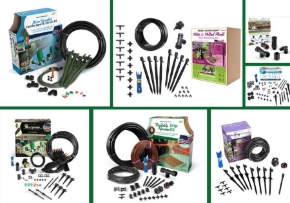A well manicured landscape is something to be noticed. Beautiful Trees, shrubs, Flowers, and other types of plants fill the yard space with a combination of balance and design that can adorn the outside of a home much like jewelry on a beautiful woman.
While there are countless examples of wonderful landscape designs available online, something special began to catch my eye. I noticed that some of these landscapes had edible plants used in their layout. This seemed to me like such a fabulous idea that I wanted to know more, so I began to research this trend and found out that it is becoming quite popular to ad edible plants to landscape designs, or even to completely use edible plants for the landscape.
There are a great many benefits to having edible plants in the yard. The first being, they are edible. This can save some time, and money by avoiding going to the grocery store, just walk outside and pick your favorite veggie or fruit off your own plant. The Second benefit is that they are healthy. We always talk about how we want to eat healthier around our house. What better way to do that then to surround our yards with healthy plants that encourage us to consume more fruits and vegetables. A third benefit, is that growing edible landscapes is a "green" way to landscape a yard because the fruits and veggies that are grown in the yard don't have to be shipped across country or around the world to end up on your table. And last, but certainly not least, if it is grown in your yard, you know what went into it, and on it, so there is less worry about strong pesticides or chemical fertilizers, and more time to enjoy the fruits of your yard.
This kind of landscaping will continue to gain in popularity as people tire of using water and other resources for large grassy areas that do little more then ornament the yard. Edible landscapes can help feed us and turn our yards into ecosystems. Fruit-bearing trees, bushes and perennial vegetables can be a part of a productive landscape, especially when mixed in with native and drought-resistant ornamentals. Ad to that low flow irrigation products such as micro & drip irrigation and one can create a sustainable landscape with not just color, but flavor as well.
With the prices of food rising in much of the country this is, no doubt, a trend that will continue to grow, leaving many a front and or back yard full of tasty treats.














